A mysterious source of oxygen has been detected in the pitch-black depths of the ocean—something that, according to our current understanding of biology and chemistry, simply shouldn’t exist. While this isn’t the work of Cthulhu or some other eldritch horror, the truth might be even more perplexing. This discovery, dubbed “dark oxygen,” has the potential to rewrite what we know about life on Earth and beyond.

An Accidental Breakthrough.In 2013, Andrew Sweetman, a researcher from the Scottish Association for Marine Science, noticed something strange while studying a region of the Pacific Ocean known as the Clarion-Clipperton Zone (CCZ)—a massive seabed area between Hawaii and Mexico, larger than the country of India. Sweetman’s team deployed specialized instruments to measure oxygen levels in the seafloor.
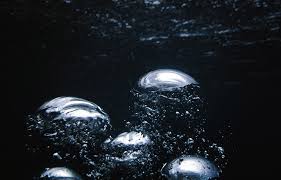
Normally, oxygen levels decrease over time as microorganisms consume it through respiration. However, the readings showed something shocking: oxygen levels were increasing instead of decreasing.At first, the researchers assumed the instruments were faulty and dismissed the data. But when they returned to the CCZ in 2021—using an entirely different measurement method—the same bizarre results appeared. Oxygen was somehow being produced at the bottom of the ocean.

How Oxygen Typically Moves Through the Ocean.
To understand why this is such a big deal, let’s break down how oxygen usually reaches the deep sea:
1.Photosynthesis at the Surface – Most of Earth’s oxygen is produced by plants, algae, and bacteria that convert sunlight into energy. However, sunlight can only penetrate about 200 meters below the ocean surface, meaning that beyond this depth, photosynthesis is impossible.
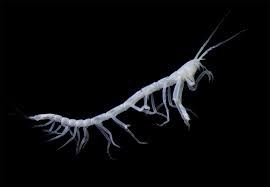
2. Dissolution and Circulation – Oxygen from the atmosphere dissolves into surface waters. Cold water, which holds more oxygen than warm water, sinks and slowly moves through the deep ocean over hundreds or even thousands of years in a process called “thermohaline circulation”. Until now, scientists believed these were the “only” ways oxygen could reach the ocean depths. But Sweetman’s discovery suggests that something “down there” might be generating its own supply.

To test this, the team conducted a controlled experiment in a lab, removing all biological factors that could contribute to oxygen production. Still, oxygen levels “continued to rise”, confirming that something purely chemical was happening. Even more astonishing, when they measured the nodules, they detected voltages of up to 0.95 volts—not far from the 1.5 volts required for electrolysis in a AA battery.
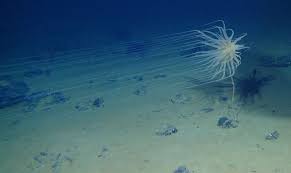
A Discovery With Cosmic Implications.
Beyond the environmental concerns, this discovery forces us to rethink how we search for life in the universe. Until now, oxygen has been considered a strong biosignature—if we detected it in an exoplanet’s atmosphere, we assumed life was likely present. But if non-living geological processes can produce oxdygen, some of our past conclusions might need to be re-evaluated.
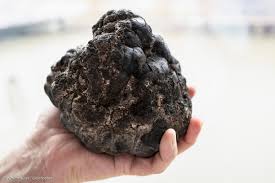
What’s Next?
Right now, there’s still a lot we “don’t” know about dark oxygen. Further research will be needed to confirm whether this “geological battery” idea holds up or if another, yet-undiscovered process is at play. One thing is certain: this is one of the most fascinating ocean discoveries of recent years, with implications reaching far beyond Earth’s waters.
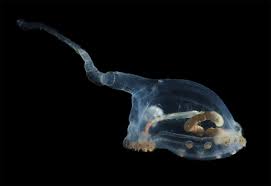
What do you think? Could this really be a deep-sea battery, or is there another explanation waiting to be uncovered? Let me know in the comments below!
